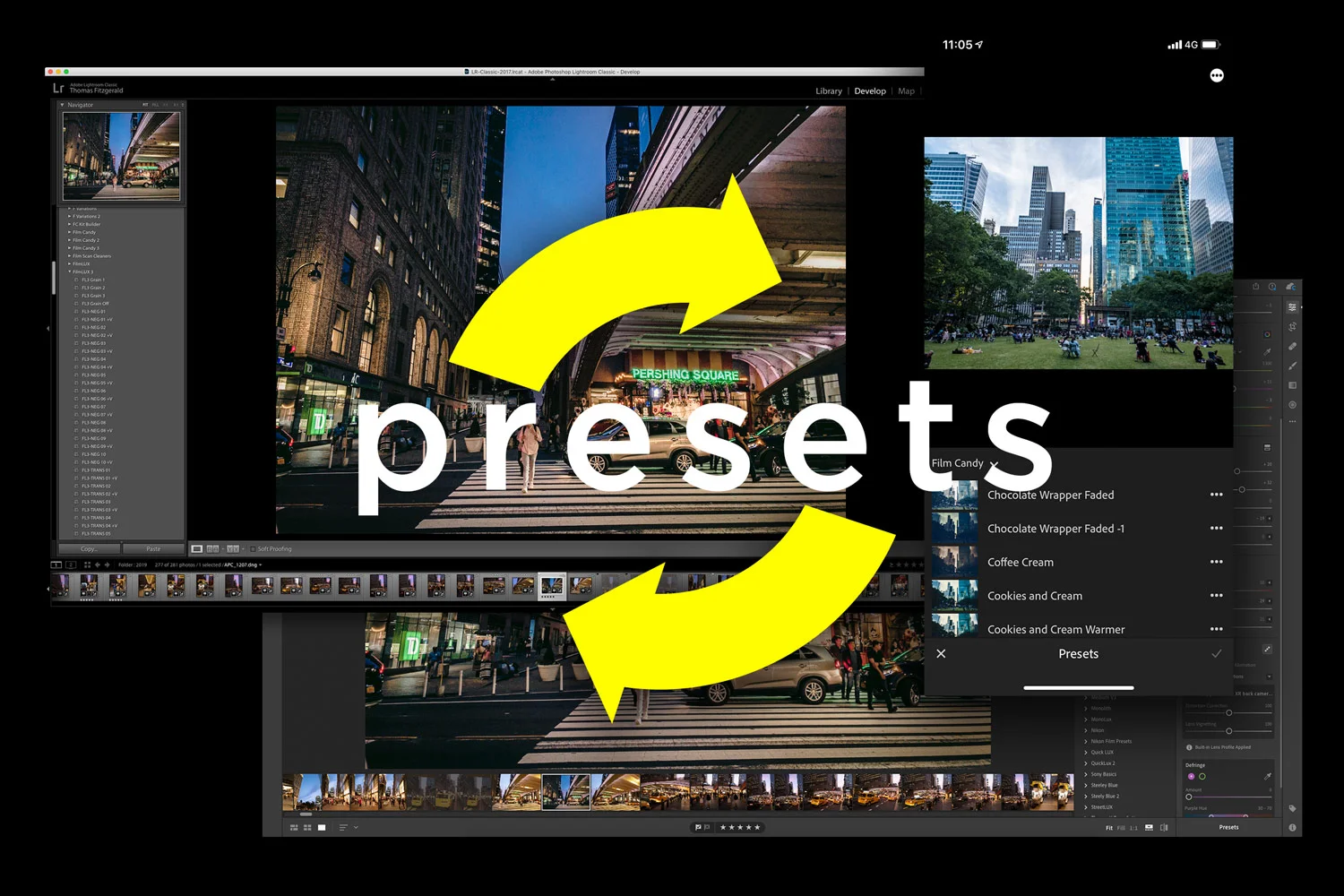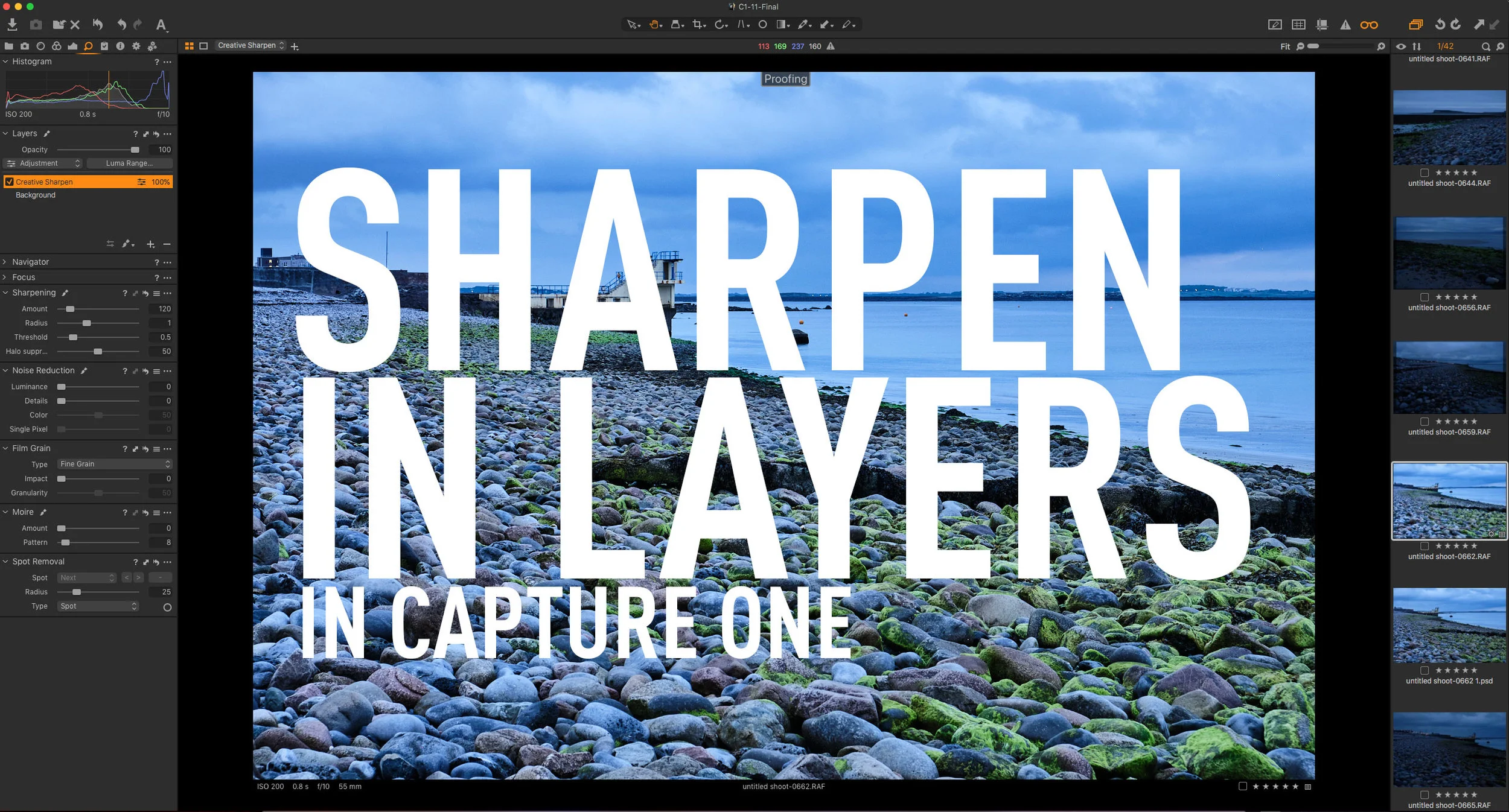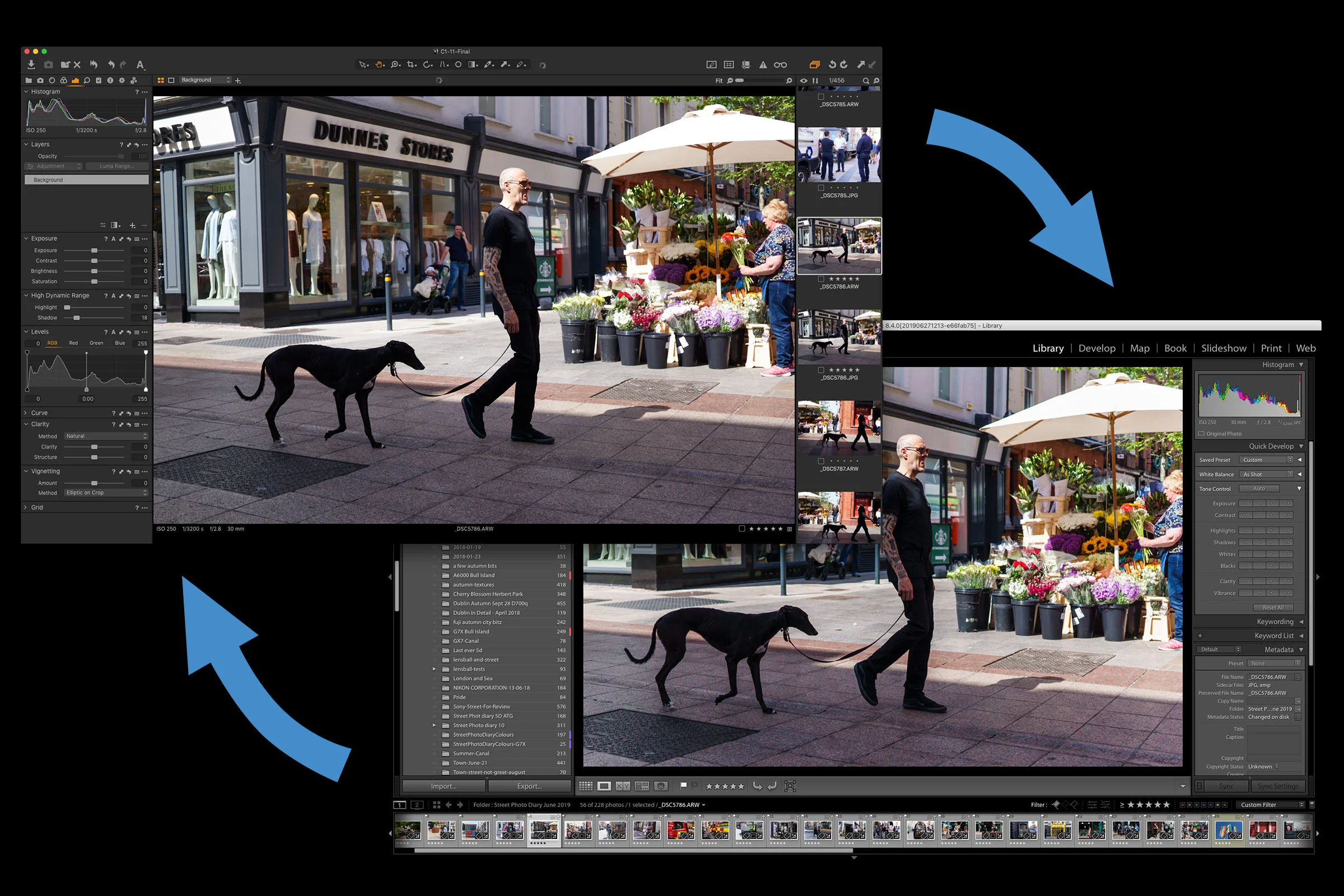For photographers shooting with Fuji cameras, getting the best from your camera’s RAW files can sometimes seem like a challenge, especially if you’ve been mostly using Lightroom. Because of the way Lightroom converts Fuji RAW files, there can often be smearing of fine detail, leading to a water colour effect, as well as issues with strange “worm” like artifacting in areas of solid colour. While not everyone is bothered by these issues, for many, it is a reason to consider other methods of converting RAW files.
For me, the best current option is Capture One and this is why…
(This is an edited excerpt from my new Capture One Fuji Guide)


















